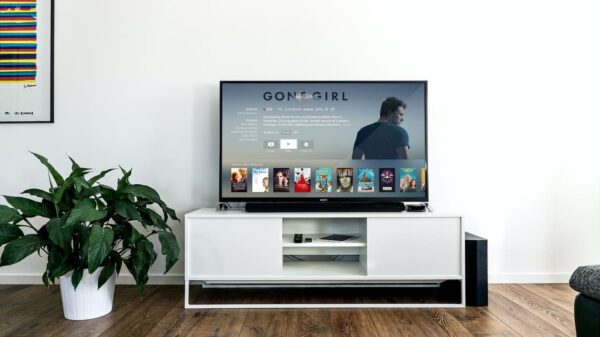Are you tired of juggling multiple streaming subscriptions and external hard drives? Do you want a convenient solution to centralize all your media content? Building a home media server is the answer.
In this comprehensive guide, we will take you through the process step by step, ensuring you have all the information you need to create your own media haven. Let’s dive in!
Getting Started

Understanding the Basics
Before we delve into the technical details, let’s grasp the fundamentals. A home media server is a centralized hub that stores and manages your multimedia files. It allows you to access your movies, music, photos, and more from any device in your home network.
Benefits of a Home Media Server
- Convenience: Say goodbye to the hassle of searching for physical media or logging into various streaming services.
- Customization: You control your media library, organizing it the way you want.
- Quality: Enjoy your content in the best possible quality, without relying on internet speeds.
- Privacy: Keep your personal media collection private and secure.
Hardware Requirements
Choosing the Right Hardware
Selecting the appropriate hardware is crucial for building a reliable media server. Consider factors like storage capacity, processing power, and connectivity options. Popular choices include dedicated NAS devices, repurposed PCs, or even Raspberry Pi setups.
Storage Solutions
Invest in sufficient storage space to accommodate your media library’s growth. Network-attached storage (NAS) drives are a popular choice, offering scalability and redundancy.
Software Selection
Operating System
For optimal compatibility and control, opt for a Linux-based operating system. Ubuntu Server and CentOS are excellent choices for beginners.
Media Server Software
Choose media server software that suits your needs. Plex, Emby, and Jellyfin are popular options, offering features like streaming, transcoding, and user-friendly interfaces.
Building the Server
Assembling Your Hardware
If you’ve chosen to build your server from scratch, follow these steps:
- Gather your selected hardware components.
- Assemble the hardware inside a suitable casing.
- Connect all peripherals, ensuring proper power and data connections.
Installing the Operating System
Use a bootable USB drive to install your chosen Linux OS. Follow the on-screen instructions for a smooth installation process.
Configuring Your Media Server Software
Install and configure your selected media server software. This step is critical as it determines how your media will be organized and accessed.
Organizing Your Media
File Structure
Create a logical file structure for your media library. Categorize content into folders like Movies, TV Shows, Music, and Photos. Consistency is key here.
Metadata and Artwork
Enhance your media collection by adding metadata and artwork. Media server software can automatically fetch this information, making your library visually appealing and easy to navigate.
Accessing Your Media
Setting Up User Accounts
Grant access to your media server by creating user accounts. Specify the content each user can view and customize their experience.
Remote Access
Configure remote access to your media server, allowing you to stream your content while away from home. Ensure security measures like strong passwords and two-factor authentication are in place.
FAQs
How much storage do I need for a home media server?
The required storage capacity depends on the size of your media library. As a rule of thumb, aim for at least 2TB for a modest collection and scale up from there.
Can I access my media server outside my home network?
Yes, most media server software offers remote access features, enabling you to stream your content from anywhere with an internet connection.
Do I need a powerful computer to run a media server?
The hardware requirements vary depending on your usage. For a basic setup, a mid-range computer or NAS device will suffice. If you plan to transcode high-resolution videos, invest in a more robust system.
Is it legal to rip DVDs and Blu-rays for my media server?
Laws regarding ripping physical media differ by country. It’s essential to research your local copyright regulations and ensure compliance.
Can I use my media server to back up my data?
While a media server primarily serves media playback, some NAS devices offer backup features. However, it’s recommended to use a dedicated backup solution for critical data.
How can I improve streaming performance on my media server?
To enhance streaming, ensure a stable network connection, use wired connections when possible, and optimize your media server software for transcoding and streaming.
Conclusion
Building a home media server is an exciting and rewarding project that offers convenience, customization, and control over your media collection. With the right hardware, software, and organization, you’ll have a seamless media experience. Start your journey today and enjoy the benefits of having your own media hub.